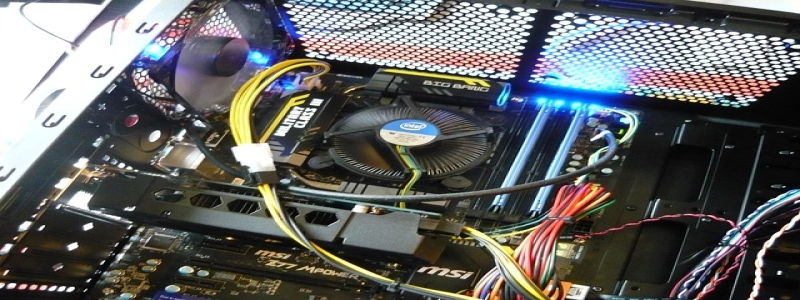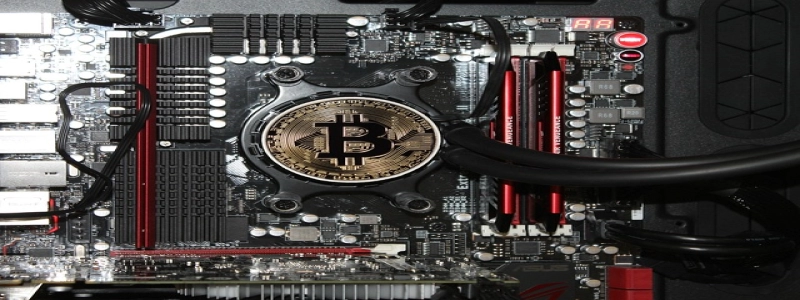Long Reach Ethernet: Bridging the Gap for Extended Network Connections
Introduction:
In today’s fast-paced and highly connected world, a reliable and high-speed network connection is crucial for businesses and individuals alike. Ethernet technology has long been the standard for local area network (LAN) connections, providing fast and secure data transmission. However, traditional Ethernet has its limitations when it comes to reaching remote locations or areas with a significant distance between devices. Fortunately, the advent of Long Reach Ethernet (LRE) has revolutionized network connectivity by bridging the gap for extended network connections.
I. What is Long Reach Ethernet?
A. Definition: Long Reach Ethernet is an advanced technology that extends the reach of traditional Ethernet connections beyond the standard 100-meter limit.
B. Purpose: LRE aims to provide a stable and high-speed network connection over long distances without the need for expensive infrastructure investments.
C. How it works: LRE utilizes advanced signal processing techniques to compensate for signal degradation over extended distances, ensuring reliable data transmission.
II. Key Advantages of Long Reach Ethernet:
A. Cost-effective solution: LRE eliminates the need for laying new cables or implementing expensive fiber-optic infrastructure, making it a cost-effective alternative for extending network connections.
B. Increased flexibility: With LRE, network connections can be extended up to several kilometers, allowing businesses to connect distant office locations or remote devices without compromising on network performance.
C. Plug-and-play compatibility: LRE can seamlessly integrate with existing Ethernet networks, making it a hassle-free solution that requires minimal configuration or disruption to the existing network infrastructure.
D. High data transfer rates: LRE maintains high data transfer rates, comparable to traditional Ethernet connections, ensuring efficient communication and productivity across extended network connections.
E. Scalability: LRE can be easily scaled to accommodate future growth or changes in network requirements, making it a future-proof solution for expanding businesses.
III. Applications of Long Reach Ethernet:
A. Industrial automation: LRE enables the integration of sensors, industrial control systems, and other devices in remote locations or industrial environments where standard Ethernet connections may not be feasible.
B. Internet Service Providers (ISPs): LRE can be utilized by ISPs to extend network connections to customers in remote or rural areas, where traditional infrastructure may be lacking.
C. Smart cities: LRE can play a crucial role in the development of smart cities by providing reliable and high-speed network connectivity to various devices and systems spread across a city’s infrastructure.
D. Video surveillance: LRE can extend network connections for video surveillance systems in large areas such as campuses, airports, or industrial sites, enabling real-time monitoring and enhanced security.
Conclusion:
Long Reach Ethernet offers a breakthrough solution for extending network connections beyond the traditional limitations of Ethernet technology. With its cost-effectiveness, flexibility, and high data transfer rates, LRE has opened up new possibilities for businesses, individuals, and industries alike. Whether it’s connecting distant offices, integrating remote devices, or enhancing the security of large-scale surveillance systems, Long Reach Ethernet bridges the gap and ensures seamless and reliable network connectivity over extended distances.








